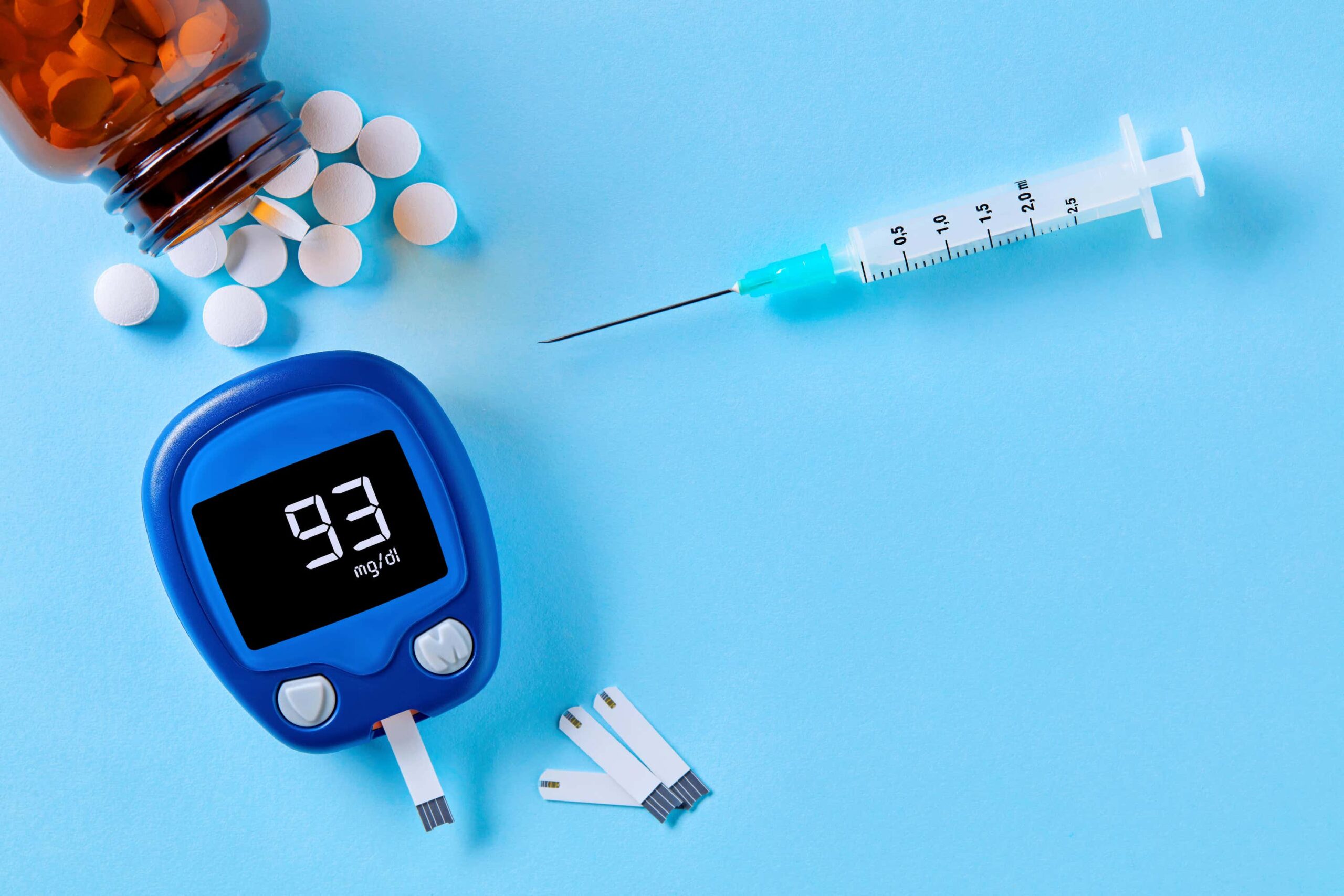As many as one in 10 Brits could have diabetes within the next decade, putting them at serious risk of “devastating” complications, and even premature death.
Yet Diabetes UK, whose analysis of official statistics has found 5.5 million people could be living with diabetes by 2030, warns that many cases of Type 2 diabetes could be prevented, or put into remission, with changes to diet and lifestyle.
There are all sorts of risk factors for developing Type 2 diabetes, and Karen Davies, senior clinical advisor at Diabetes UK, warns:
“Type 2 diabetes is complex, and while there are some risk factors for developing the condition that you can’t change – such as age and family history – there are others you can.
“Obesity is the biggest risk factor, accounting for around 80-85% of your risk of developing the condition. Taking steps to keep your weight within a healthy range is vital.
“Preventative measures, such as the NHS England Diabetes Prevention Programme, have supported hundreds of thousands of people to reduce their risk of Type 2 diabetes.
The Government must now fully implement and build on measures set out in the Obesity Strategy to ensure people have clear information about the food they’re consuming – to help make the healthy choice the easy choice.”
Here’s what you can do now to help reduce your risk of Type 2 diabetes…
1. Watch your weight
Many people with Type 2 diabetes are overweight or obese, because increased fat makes it harder for the body to use insulin properly, and problems with insulin is what causes diabetes.
Make sure your overall weight and body mass index (BMI) are healthy – check your BMI here.
If you need to lose weight, it’s usually much easier if you have support, both from friends and family and perhaps also clubs like Slimming World or Weight Watchers.
Alternatively, use the Diabetes UK Weight Loss Planner to help you set weight-loss goals and track your progress.
And remember, any weight loss can help and is better than none – a 2007 study by the Diabetes Prevention Program Research Group in the US found that for every kilogram of weight lost, there was a 16% reduction in diabetes risk.
2. Check your waist size

Diabetes UK says carrying extra weight around your middle could mean fat has built up around organs, and this fat can stop insulin from working properly.
The charity says women need to aim for their waist measurement to be less than 80cm (31.5in), most men’s waists should be less than 94cm (37in), and South Asian men, who are more at risk of Type 2 diabetes, should try to keep their waist size less than 90cm (35in).
There’s no easy fix for reducing waist size, it’s a case of losing weight and exercising regularly.
3. Eat a healthy balanced diet

Whether you need to lose weight or not, eating a good diet is important for your overall health as well as reducing your diabetes risk, as certain foods, like fruit, vegetables, and wholegrains, have been shown to help reduce the risk of Type 2 diabetes.
Diabetes UK suggests a diet that can help reduce your diabetes risk should include: reducing or cutting out sugary drinks, including avoiding sugar in tea and coffee; eating wholegrains like brown rice, whole-wheat pasta, wholegrain bread and oats instead of white bread, white rice, and sugary breakfast cereals (refined carbs); cutting down on red and processed meat and getting protein from healthier foods like pulses such as beans and lentils, eggs, fish, chicken and turkey and unsalted nuts instead; eating plenty of fruit and vegetables; reducing salt, and eating unsweetened yoghurt and cheese, as fermented dairy products have been linked with a reduced risk of Type 2 diabetes.
“By eating a healthy balanced diet containing fruit and veg, and low in saturated fats, and keeping physically active, people can reduce their risk of developing the condition,” stresses Davies.
4. Move more

You don’t have to work up a sweat in the gym for hours every day to help reduce your risk of diabetes – regularly taking a brisk walk, playing a sport, or even just taking the stairs instead of using the lift at work every day, will all help.
Moving more will help you lose weight, as well as reducing your waist size and blood pressure.
The government recommends adults should do at least 150 minutes of moderate-intensity exercise per week, which can be broken down into 30 minutes, five days a week.
Just start gradually by doing something you enjoy, like walking or gardening, and gradually build up your activity levels, and if you’re worried about your health or risk of diabetes, always speak to your GP.





